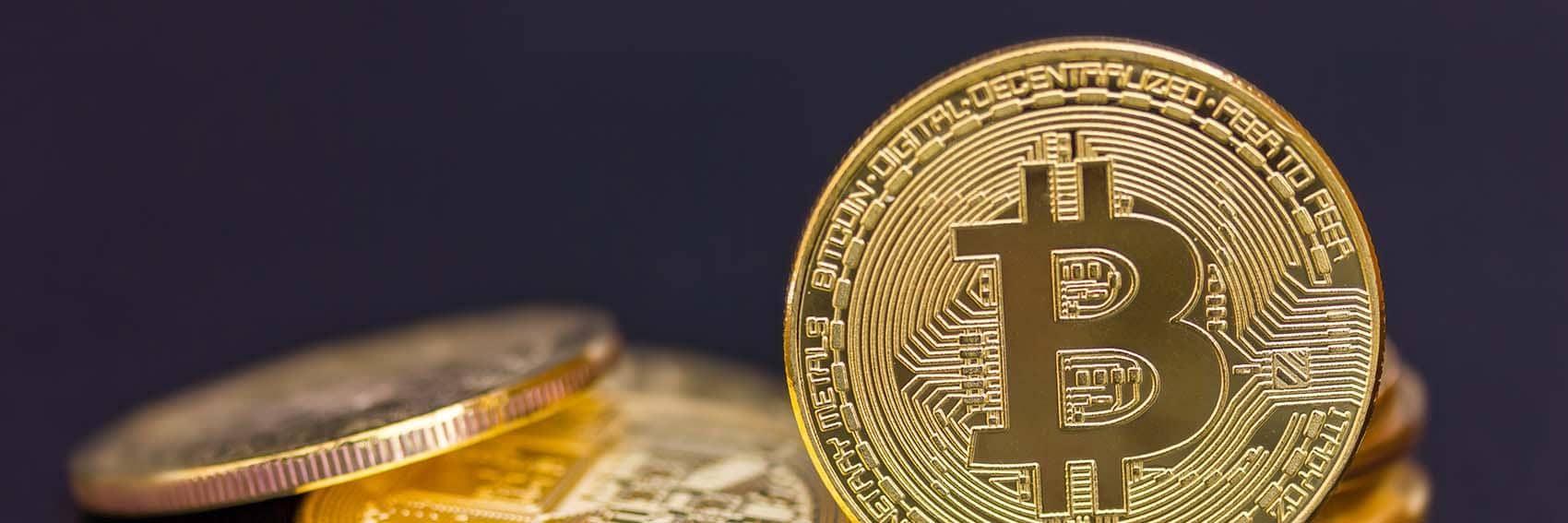
Why is crypto in the news?
05 February 2024
Please note: All data referenced in this article is sourced from Bloomberg unless otherwise stated, and is accurate at the time of publishing.
In January, US regulators gave their approval of “spot bitcoin” exchange-traded funds (ETFs), representing a significant turning point. For the last five years, in excess of 20 exchange-rule filings for spot bitcoin ETFs have been rejected.
For many investors, the question that now arises is whether this decision legitimises the asset class and paves the way for its deployment in traditional discretionary portfolios.
In this short article, we take a closer look at the opportunities and risks at play.
Changes and concerns
Broadly speaking, this latest development expands the market of crypto. But it shouldn’t be read as an endorsement.
Before now, investors could already trade it via brokers, mutual funds and some payment apps. Those who were previously unable to hold bitcoin, now have the option to use liquid ETFs.
Since their inception, crypto markets have been vulnerable to significant periods of boom and bust. Memorable past events include the 2020 market crash during the pandemic, and the downfall of the FTX exchange in 2022. Despite contagion from such events not impacting the traditional financial system so far, it would be naive not to acknowledge that crypto has the ability to create a systemic risk event.
Additionally, some reservations surrounding bitcoin have centred on the fact it’s an unregulated assess class, which lends itself to ‘Wild West’ market behaviour. In the UK alone, losses to crypto fraud jumped by more than 40% in the 12 months to March 2023, taking the estimated total losses to in excess of £300 million1.
While those security concerns remain, regulators have moved fast to bulk up processes surrounding the new ETFs, and their approval comes with conditions. They include, but aren’t limited to full, fair and truthful disclosure (to investors) about the products.
In parallel, the fact the ETFs will be listed and traded on registered national securities exchanges, provides a welcome degree of monitoring and fraud protection. This doesn’t mean that the ETFs are risk-free, but it might put them closer to an environment more akin to how a traditional asset class is traded.
The parallels with gold
While it might be easy to think of crypto as a currency, partly because of the full name, there is a noticeable difference. Unlike a traditional currency, crypto isn’t considered a practical store of value, given the levels of associated volatility.
Likewise, some people consider crypto to share similarities with gold – partly for its potential role as a hedge, and partly due to its scarcity. However, that’s largely where the comparisons end.
In many ways, crypto is its own asset class and the nuances and realities of how it behaves, need to be very carefully considered by investors.
What role might crypto play?
For those willing to accept high risk and large volatility swings, crypto could, under certain circumstances, be used by investors wanting to take a small, speculative punt on the asset class.
The caveat, as always, is the level of risk that will come with it – the higher the exposure to crypto, the larger the drawdown risk.
Despite approving spot bitcoin ETFs, the US regulator was at pains to stress that it was not endorsing the underlying asset class. It remains speculative, volatile and a tool for illegal activities.
As a result, crypto still isn’t widely deployed across traditional, discretionary portfolios. This could change over time, if the asset can develop its currency capabilities and improve its function as a transparent investor option.
Related articles
Disclaimer
This communication is general in nature and provided for information/educational purposes only. It does not take into account any specific investment objectives, the financial situation or particular needs of any particular person. It not intended for distribution, publication, or use in any jurisdiction where such distribution, publication, or use would be unlawful, nor is it aimed at any person or entity to whom it would be unlawful for them to access.
This communication has been prepared by Barclays Private Bank (Barclays) and references to Barclays includes any entity within the Barclays group of companies.
This communication:
(i) is not research nor a product of the Barclays Research department. Any views expressed in these materials may differ from those of the Barclays Research department. All opinions and estimates are given as of the date of the materials and are subject to change. Barclays is not obliged to inform recipients of these materials of any change to such opinions or estimates;
(ii) is not an offer, an invitation or a recommendation to enter into any product or service and does not constitute a solicitation to buy or sell securities, investment advice or a personal recommendation;
(iii) is confidential and no part may be reproduced, distributed or transmitted without the prior written permission of Barclays; and
(iv) has not been reviewed or approved by any regulatory authority.
Any past or simulated past performance including back-testing, modelling or scenario analysis, or future projections contained in this communication is no indication as to future performance. No representation is made as to the accuracy of the assumptions made in this communication, or completeness of, any modelling, scenario analysis or back-testing. The value of any investment may also fluctuate as a result of market changes.
Where information in this communication has been obtained from third party sources, we believe those sources to be reliable but we do not guarantee the information’s accuracy and you should note that it may be incomplete or condensed.
Neither Barclays nor any of its directors, officers, employees, representatives or agents, accepts any liability whatsoever for any direct, indirect or consequential losses (in contract, tort or otherwise) arising from the use of this communication or its contents or reliance on the information contained herein, except to the extent this would be prohibited by law or regulation.